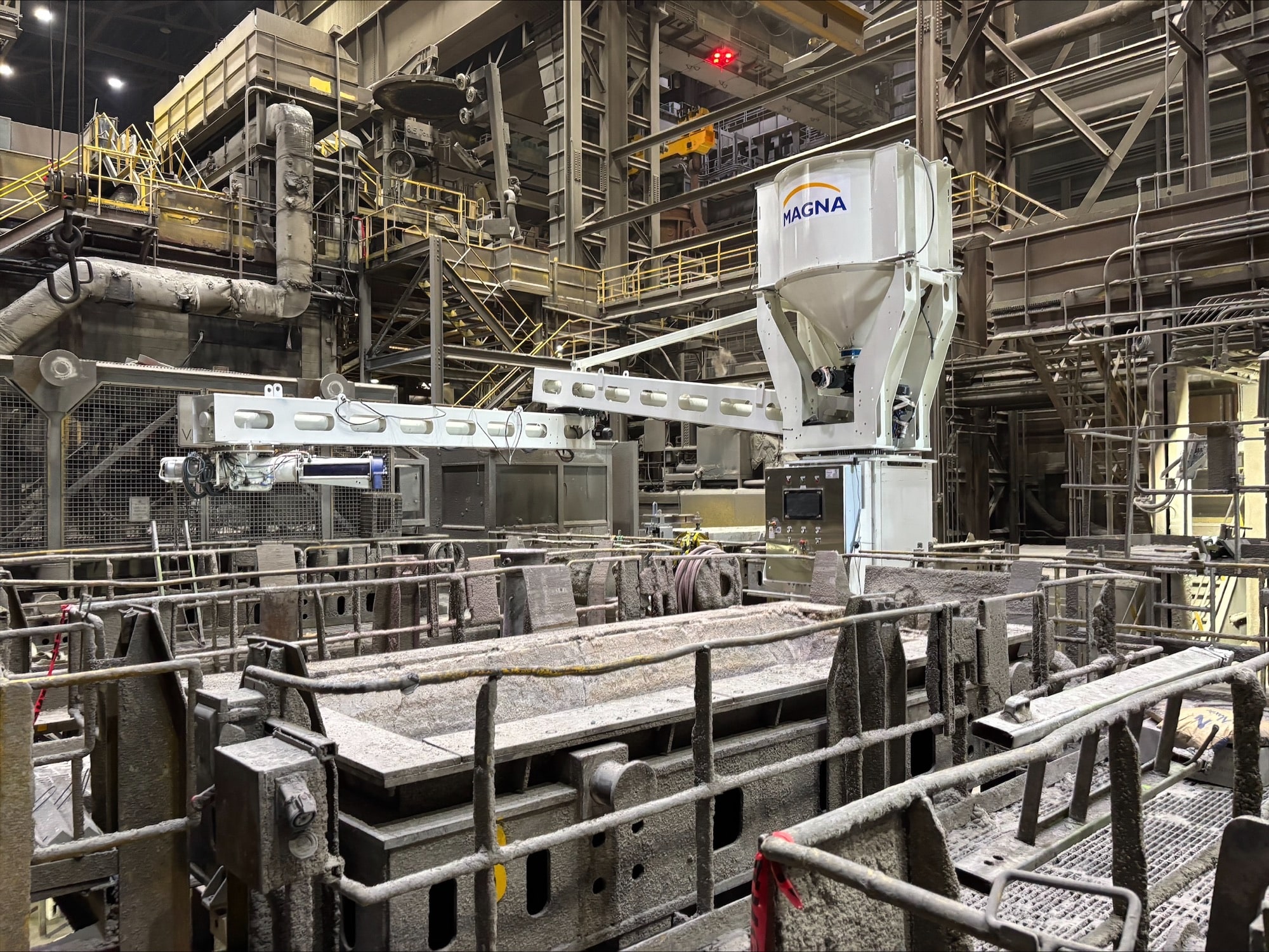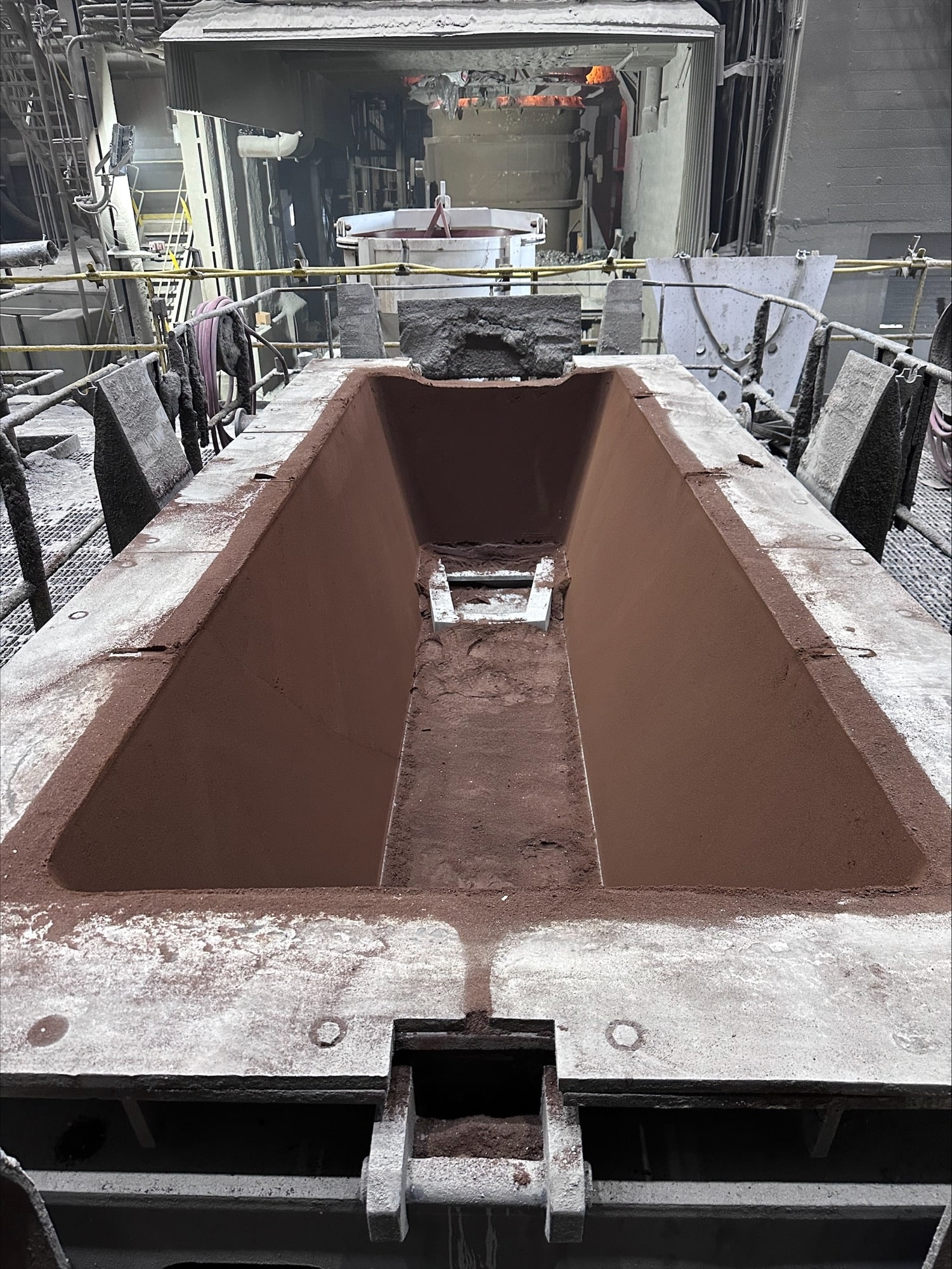Home Terresis MAGNA Continuous casting
Continuous casting
Continuous casting requires the usage of distributors or tundish capable of handling the flow of the molten steel. These are lined internally with refractories, in particular magnesia based materials, which allow the casting of steels that meet the most stringent requirements.
The role of magnesia in continuous casting
To feed one or more casting lines simultaneously, the metallurgical industry uses tundish, better known as intermediate moulds tundish. These tundishes, located between the ladle and the mold, play a key role: in addition to providing intermediate capacity, they regulate the flow of molten steel, act as a buffer and in effect influence directly to the final quality of the product. Those vessels are being coated with high-performance refractory materials based on magnesia, the tundish wear materials which limit the introduction of non-metallic inclusions and guarantee a more homogeneous steel.


Our magnesium solutions for tundish
Thanks to its refractory qualities and exceptional chemical stability, magnesia is a component of choice for tundish lining. In addition to its high mechanical resistance when hot, its low wettability by molten metal limits slag infiltration and oxidation of steel.
At Terresis MAGNA, we have developed magnesium solutions – spray, dry vibe and self-curing – that guarantee homogeneous preparation and optimum reliability for filling and deskulling. In the self-hardening tundish sub-segment, we have become the world leader with more than 70% of the market share worldwide. This success can be explained by a formulation with a high magnesia content, combined with a specific binder, which allows for rapid cold curing: in less than an hour, the tundish can be put into service, without any drying or preheating beforehand . The result is energy savings, reduced downtime and an increase in the number of consecutive casts, even under the most demanding production conditions.






